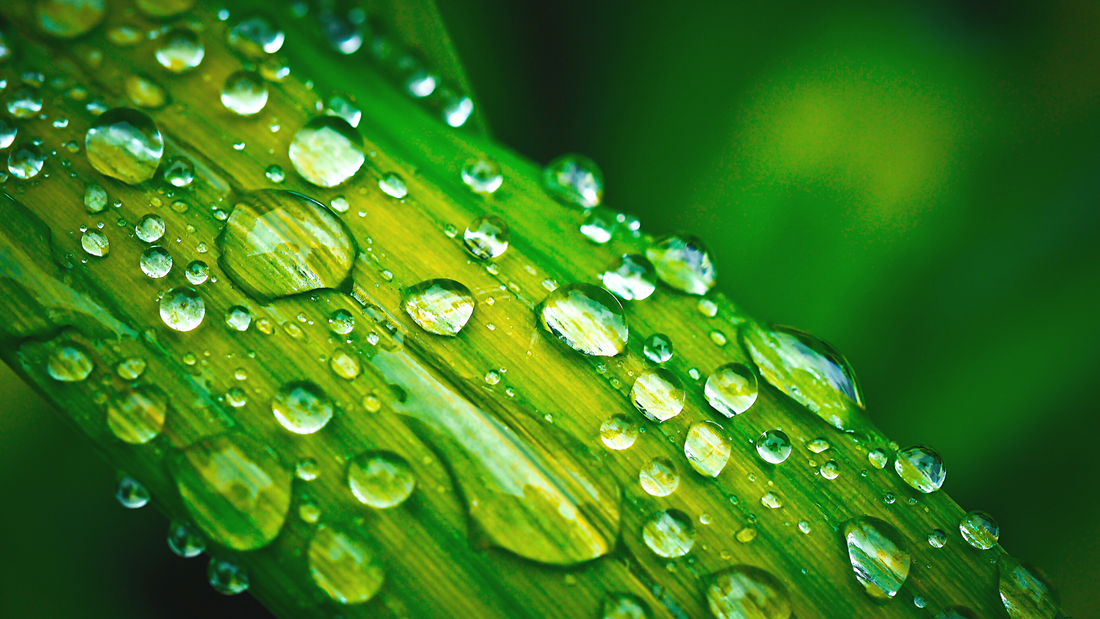
How to Water Your Plants
Growing is thirsty work, and watering plants is an essential part of their survival. Just like humans can’t survive without water, plants can’t thrive without it either. Although plants are great communicators, sometimes our listening skills need a little fine-tuning to understand their wants and needs.
How to Speak Plant
“When should I water my plants? Do plants need it every day? Every week?”
Learning a watering schedule for your plant isn’t always easy, and often poses more questions than it answers. Each plant is different and some need more attention than others. While some plants are perfectly happy to endure a little neglect, others demand serious TLC.
The truth is, learning to communicate with our plants is just like learning any other language. It takes, time, patience, and dedication.
Species
Getting to know the type of plant you have is the first step to understanding its watering needs. While plants like calatheas like moist soil and humid environments, plants like pilea peperomioides prefer dryer conditions. Typically, this means that calatheas should be watered more frequently than pileas, although other factors such as size, growing seasons, and soil composition can all play a part.
Plant size
The larger and more leaves a plant has, the more water and nutrients it needs to grow. A large plant has long, strong roots that absorb more water than a smaller plant with shorter roots. Even if your plant pot is relatively small, a large plant needs more water to account for large roots reducing space for the soil to hold water. Selecting an appropriately sized plant pot is a useful way to avoid both overwatering and underwatering.
Growth seasons
Many plants go through seasons of growth, and this is the most important time for watering plants and keeping their thirst quenched. If your plant grows in the summer, it will likely need more water and nutrients throughout this period to keep it healthy and hydrated.
The deliciosa monstera, for example, has an active growth period from the spring through to the fall. During this period, the famous cheeseplant soaks up more nutrients from the soil, growing dryer much more quickly than usual. Proud plant parents tend to top up once a week or fortnightly during this growing season and just once every three to four weeks in the winter to avoid overwatering.
Watering Plants
All plants need water to thrive, and learning to speak their language is vital to get the perfect balance between overwatering and underwatering. Incorrect watering techniques can cause diseases like root rot along with visible symptoms like dry leaves, brown tips, drooping, and curling.
The dip test
In many cases, the finger-dip test is a trusty way to figure out if your plants need a drink. Simply push your finger into the soil up to the knuckle. If it feels dry, it’s time to water. Still feeling slightly damp, wait a few days and repeat the test until the soil feels dry. If the soil is too compacted to test, use a stick to gently pierce the soil and test the moisture.
Water Propagation
One of the easiest and most popular ways to ensure your plant has sufficient nutrients is to grow plants hydroponically.
What does it mean to grow plants hydroponically?
Hydroponic plant growth is a fancy term for a simple concept. Plants that are grown hydroponically are plants grown in a water-based solution without soil. Hydroponic production systems are used by farmers, hobbyists, and people across the globe who have fantastic success with many plants growing twice as fast this way than in soil.
Growing plants in water
Getting to know the likes and dislikes of the different plants in your collection can take time. By the time you’ve figured out how to care for them, it may be too late. Water propagation simplifies plant care, making it easier than ever to provide your plants with the nourishment they need.
Propagating plants from cuttings
Thanks to the large number of plants that grow in water and the increasing number of houseplants truly thriving in these environments, growing plants like this is easy. To get started, all you need is a cutting, a container, and, of course, water.
Find out more about plant propagation with our comprehensive guide.
How to Water and Simplify Plant Care
All plants are different, making it difficult to know the right time to water. With different schedules and unique ways to communicate with us, it can quickly feel like a chore, taking away from the happy moments spent in nature.
Propagating plants in water is a great way to simplify plant care, minimizing the need to organize different watering schedules and eliminating the risk of both underwatering and overwatering. Growing plants this way is a simple and easy solution for plant parents with a low-maintenance approach to plant care.
Head over to our Snake Plant Propagation tutorial for a failsafe way to venture into the world of water propagation.
